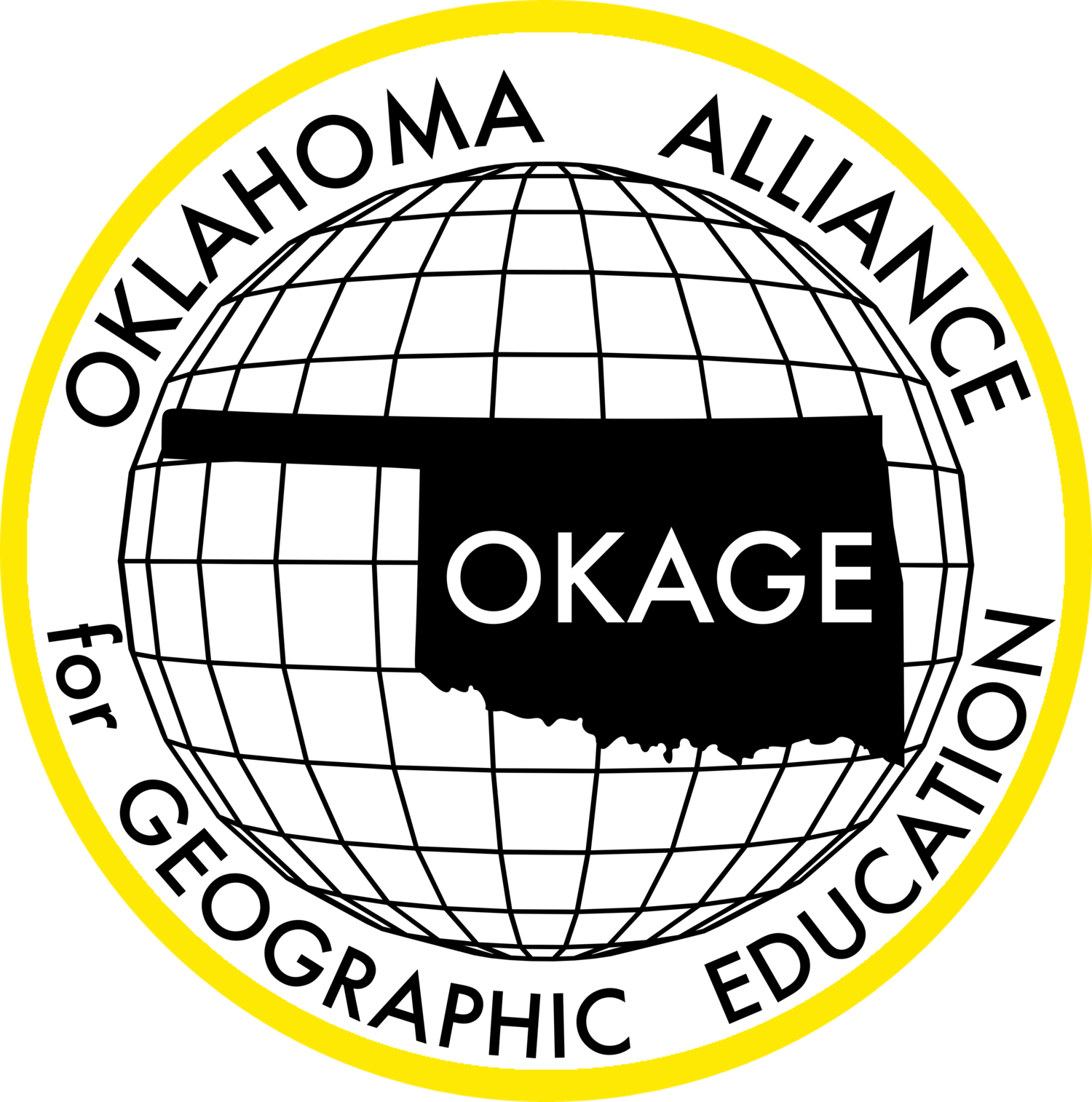Using Absolute Location to Improve Your Mental Mapping
Description: Students will understand how latitude and longitude can assist them in finding specific places. They will be able to apply knowledge of location when organizing information about regions and the people who live in them. They will determine what natural resources are available for the people who live in the regions around the rivers, deserts, seas, mountains, and peninsulas being studied.
Grade level(s): Middle Standards: OAS, GFL Produced By: Susan Smith
Absolute Location: Knowing Exactly Where You Are!
Description: Using longitude and latitude, students will find specific locations on maps and globes. Students will be able to use absolute location to find any specific place on any maps and globes (they include a grid system). When given a list of cities or geographically important locations in North and South America, students will be able to apply knowledge of absolute location to pinpoint their locations.
Grade level(s): Middle Standards: OAS, GFL Produced By: Susan Smith
Straits of Magellan
Description: Students will locate the Straits of Magellan, discover its importance as a sailing route connecting the Atlantic and Pacific Oceans until the Panama Canal was completed in 1914, and will learn what its navigation purposes are today.
Grade level(s): Middle Standards: OAS, GFL Produced By: Glenda Sullivan
The Impact of Monsoons and Cyclones in South Asia
Description: Monsoons, together with cyclones, have a great impact on the agriculture and lives of people in this region, especially in India and Pakistan. The purpose of this lesson is for students to understand the interactions and influences of monsoons and cyclones on the people of South Asia, and how physical systems, being both life-giving and destructive, can produce resilience in people of the regional areas.
Grade level(s): Middle Standards: OAS, GFL Produced By: Lynn Tilley
North Sea Petroleum Reserves: The Value to Developed Nations' Economies
Description: The purpose of this lesson is for students to gain an understanding of the value of the North Sea petroleum reserves to the economies of Europe, both those nations that produce the energy, and the ones that consume the oil and natural gas found there. Through observing and analyzing maps, graphs, and charts of data and other information, students will integrate visual information, draw conclusions, and make predictions and inferences, to gain an understanding of the economic interconnectedness of these countries.
Grade level(s): Middle Standards: OAS, GFL Produced By: Lynn Tilley
Major Cities Spanning Europe and Asia
Description: Students will learn the location of several major European and Asian cities as well as discovering important physical and cultural characteristics of these various cities.
Grade level(s): Middle Standards: OAS, GFL, CC Produced By: Glenda Sullivan
Gridiron Geography - 2014
Description: Using the Big 12 Football schedule as a guide, your students will learn about the geographical and historical significance surrounding the participating teams' campuses, home cities or towns, home states, mascots, players, and more!
Grade level(s): Upper Elementary, Middle School, High School
Standards: GFL
Produced By: Annie Elsberry, Jeffery M. Widener, Janet Hall, Joseph Rohr, Ginny Rohr, Rob Miles, Bill Amburn, and Marilyn Pineda.
Two Bits for Our National Parks
American Progress
Description: Students will understand Manifest Destiny and the idea of expansionism during the 1800s. They will analyze John Gast’s painting, “American Progress” and use the information/knowledge gained to write an argumentative essay.
Grade level(s): Middle and High School Standards: OAS, GFL Produced By: Teresa Potter
Unsolved Mysteries: What Happened to the Orangutan?
Description: The goal of this lesson is for students to be able to use reading and investigation skills to make inferences about what has happened to the orangutan. By identifying the plight of the orangutan and the contemporary issues facing Indonesia, students will discover how human activities have modified the environment, resulting in deforestation in Indonesia.
Grade level(s): Middle Standards: OAS, GFL Produced By: Teresa Potter
Transportation in the News
Description: Students see transportation all around them but do not know geographic and historic background about the development of types of transportation. Students will gain geographic and historic perspectives about transportation as they explore American ingenuity that overcame geographic and economic issues in history.
Grade level(s): Middle and High School Standards: OAS, GFL Produced By: Bill Amburn
The Push-Pull Factor Getting to the Bottom of It
Description: The goal of this lesson is for students to identify the main groups of immigrants to the United States from 1820-1920, and the push-pull factors associated with these immigrant groups.
Grade level(s): Middle and High School Standards: OAS, GFL Produced By: Teresa Potter
Flipping Through the Western Hemisphere
The Aral Sea: An Unnatural Disaster
Description: Students will understand that water diverted for irrigation or other purposes can have a direct impact on the environment, including environments that cross international boundaries.
Grade level(s): Middle Standards: OAS, GFL, CC Produced By: Janet Hall
It's History Time!
Tracking Traveling Turtles
Description: Students will discover how human interaction almost drove the sea turtles of the Gulf of Mexico into extinction as well as what is being done to reestablish the turtle population today.
Grade level(s): Middle Standards: OAS, GFL Produced By: Bob Harrelson





















